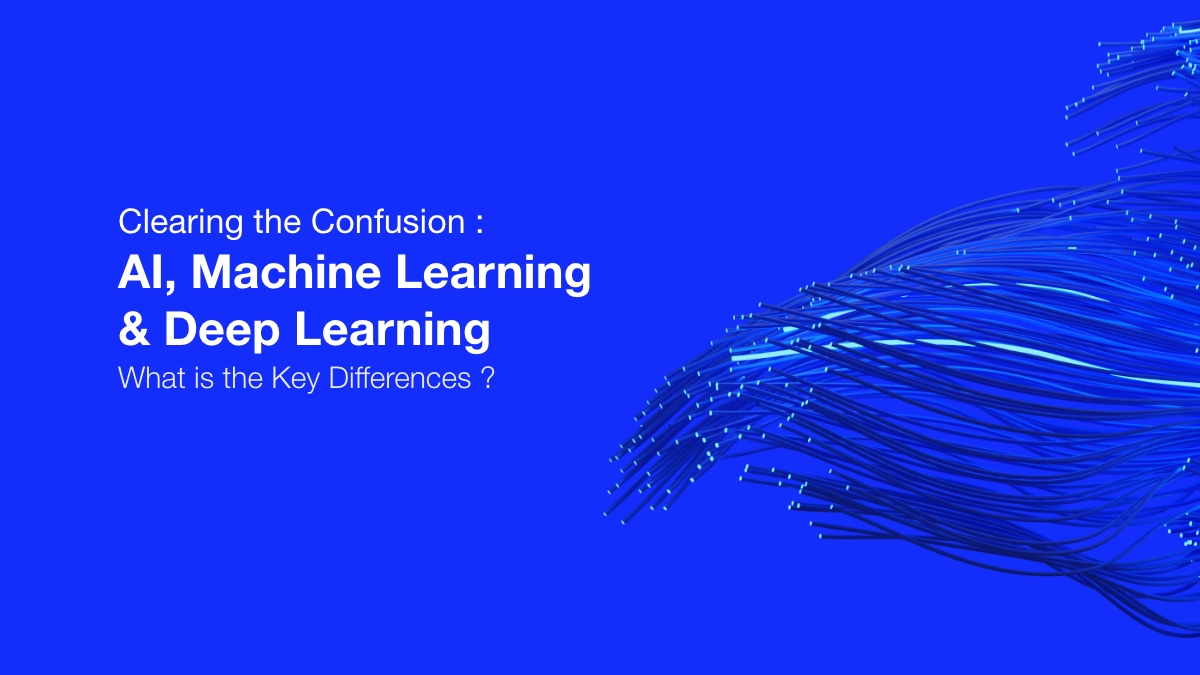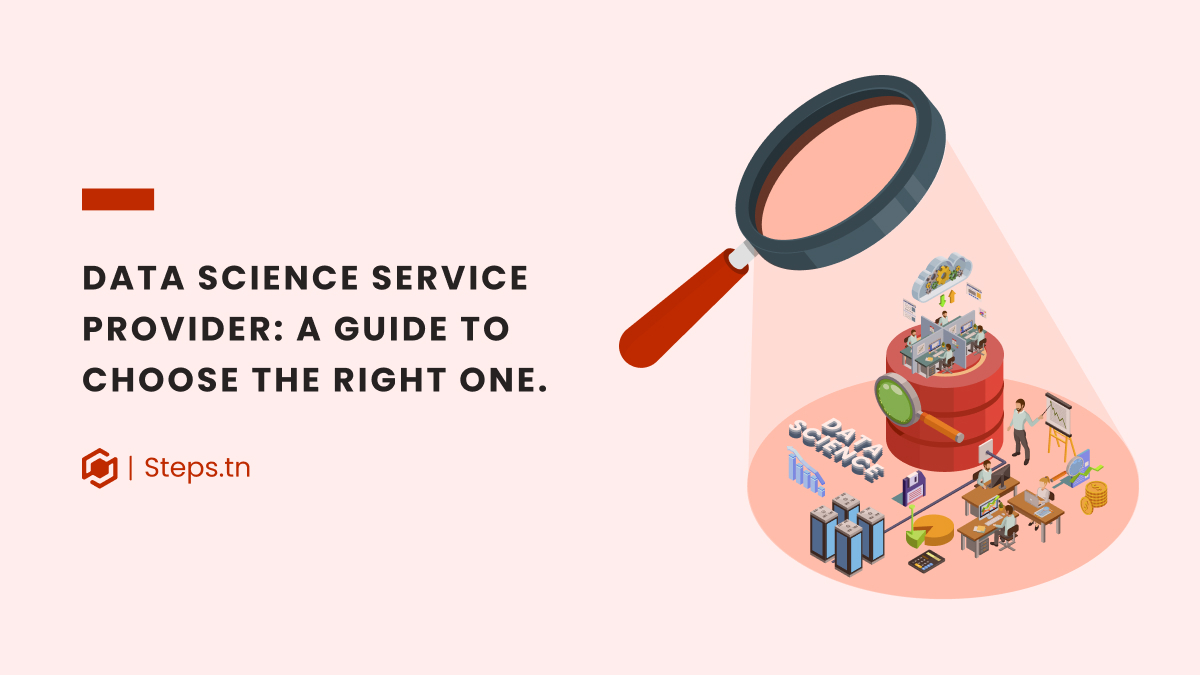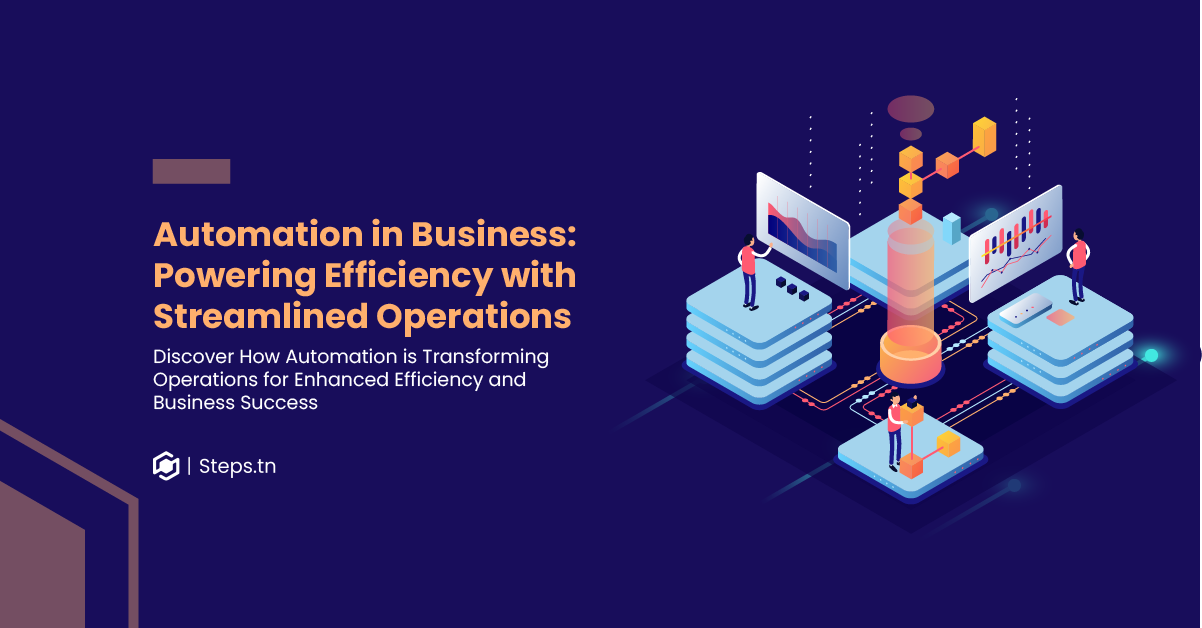Have you ever been caught in the confusion of differentiating artificial intelligence (AI), machine learning (ML), and deep learning (DL)?
Well, since we usually use the three terminologies interchangeably, most people confound between them.
To best understand how these topics are related to each other, let’s break down each one separately:
Artificial intelligence:
We can define AI as the simulation of human intelligence in machines programmed to think like humans. And mimic their actions in learning, planning, problem-solving, etc…
Popular AI applications you may recognize:
- Google Assistant
- Siri
- Amazon Alexa
- Google home
Three insightful facts about AI/ did you know?
- PwC expects AI to enhance the global economy by 15.7 trillion dollars by 2030 that is an increase by 14% of global GDP
- Sundar Pichai, the CEO of Microsoft, claimed that AI will be more transformative to humanity than electricity
- 87% of current AI adopters said they were using or considering using AI for improving e-mail marketing and sales forecasting
Machine learning
Ml is a subset of AI. And just as the name implies, we define machine learning as the ability of machines to learn by themselves using the provided data to make accurate predictions.
Deep learning
Deep learning is a subset of machine learning where artificial neural networks, algorithms inspired by the human brain, learn from large amounts of data.
Machine learning VS deep learning: Which is better?
As earlier mentioned, ML uses algorithms to analyze data, learn from it and make informed decisions based on what it has learned. On the other hand, deep learning organizes algorithms in layers to create a neural network that can make intelligent decisions on its own.
Hence, deep learning is an advanced form of machine learning. It’s usually used for solving more complex tasks by extracting insights from large amounts of unstructured data. So it’s worth using if a business is generating an ongoing stream of vast amounts of data.
We can conclude then that deep learning is an advanced form of Machine learning.
Use cases of Artificial Intelligence, Machine Learning, and Deep Learning.
Following are some use cases AI, ML, and DL
Fraud detection: Using AI and ML, financial institutions and banks can easily detect potential cases of fraud and identify suspicious entities. For example, PayPal is using machine learning tools to distinguish between legitimate and fraudulent transactions.
E-mail filtering: Filtering the incoming e-mails and based on the content, AI can detect if it is spam or not.
Recommendation systems: Different companies like Netflix and YouTube are opting for those technologies to personalize the online experience by applying AI Models that learn from browsing history to show relevant content to the user.
Conclusion
So can you spot the similarity between AI, ML, DL, and the Russian dolls?





